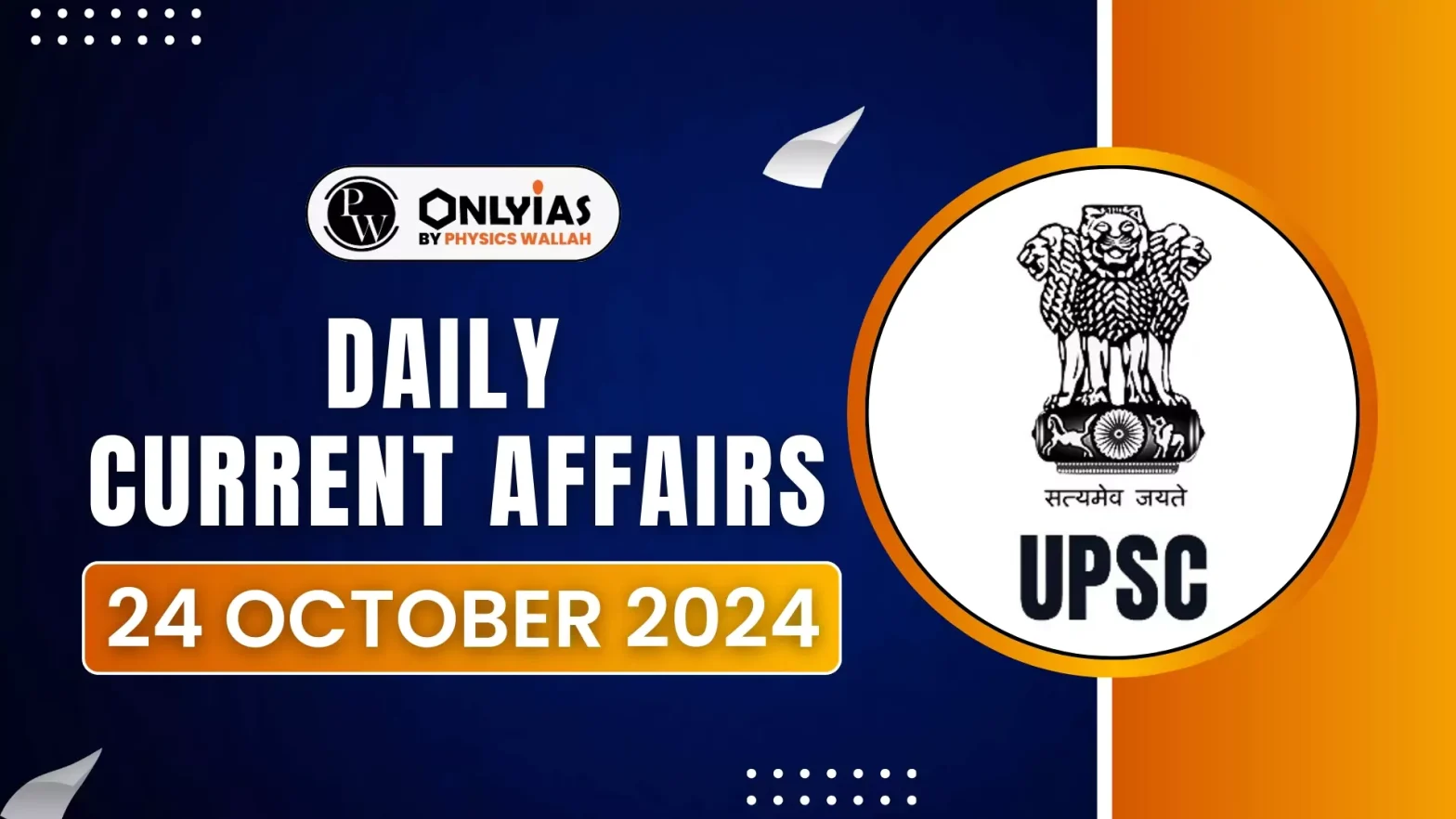Recently, India’s first study on ‘teal carbon’, was undertaken at Keoladeo National Park (KNP) in Rajasthan’s Bharatpur district.
Collaboration and Research
- The study was conducted by the Central University of Rajasthan, in collaboration with international researchers from the U.S. Environmental Protection Agency (EPA) and Kenyon College.
- Research at KNP focused on assessing the status and role of teal carbon in combating climate change.
Enroll now for UPSC Online Course
About Teal Carbon
- Teal carbon refers to carbon stored in non-tidal freshwater wetlands, including vegetation, microbial biomass, and organic matter.
- It differs from black and brown carbon, which come from incomplete combustion of organic matter and contribute to global warming.
-
Colour-Based Classification of Carbon
- Scientists classify carbon into different types based on its function, characteristics, and location in the carbon cycle. Here are the main types:
- Types of Carbon
- Purple Carbon: Carbon from air or industrial emissions.
- Blue Carbon: Carbon stored in marine plants and sediments.
- Teal Carbon: Carbon stored in freshwater and wetland environments.
- Green Carbon: Carbon stored in terrestrial plants and forests.
- Black Carbon: Carbon emitted from burning fossil fuels.
- Grey Carbon: Carbon from industrial emissions.
- Brown Carbon: Carbon from the incomplete combustion of organic matter.
- Red Carbon: Carbon released through biological particles on snow and ice, reducing albedo.
-
Challenges Faced by Teal Carbon Ecosystems
- Anthropogenic activities: Pollution, construction, and land use changes threaten wetland health.
- Methane emissions: Wetlands can emit methane, a potent greenhouse gas.
- Hydrological fragmentation: Many wetlands are being degraded and fragmented.
- Teal Carbon’s Role in Climate Change Mitigation
- Effective Carbon Storage
- Wetlands, especially peatlands, store carbon more efficiently than forests.
- Peatlands can store up to 40 times more carbon than tropical forests.
- This helps lower CO2 levels in the atmosphere, reducing global warming.
- Regulating Greenhouse Gases
- Wetlands both absorb CO2 and emit methane, a powerful greenhouse gas.
- The overall impact depends on the type and condition of the wetland.
- Properly managed wetlands act as carbon sinks, aiding climate mitigation.
- Enhancing Climate Resilience
- Wetlands influence temperature, rainfall, and humidity, helping to regulate local climate.
- They provide protection from floods and droughts, acting as natural buffers.
- Wetland conservation increases resilience against climate change impacts.
- Supporting Biodiversity
- Wetlands are home to a wide variety of plants and animals.
Check Out UPSC NCERT Textbooks From PW Store
-
Global Teal Carbon Storage
- Global teal carbon storage is estimated at 500.21 petagrams of carbon (PgC).
- Significant contributions come from peatlands, freshwater swamps, and natural freshwater marshes.
- Benefits: Beyond carbon storage, wetlands help with groundwater levels, flood control, and heat reduction.
|
-
- Conserving wetlands helps protect biodiversity and keeps ecosystems healthy.
- Providing Ecosystem Services
- Wetlands offer services like water filtration, flood control, and nutrient cycling.
- Protecting wetlands ensures the continuation of these vital services for humans and nature.
Key findings of the study
-
Methane Emissions
- The study found high levels of methane emissions in the wetlands at KNP.
- The use of specialised biochar, a type of charcoal, could help reduce these emissions.
- Biochar is a carbon rich material made from organic sources like wood and plants.
- It is produced through a process called “pyrolysis”.
- Pyrolysis is a process of heating organic matter at a low temperature.
-
Environmental Threats
- Degraded wetlands can release harmful gases like methane and carbon dioxide.
- Urgent conservation efforts are needed to prevent further degradation.
Enroll now for UPSC Online Classes
-
Conservation Recommendations
-
- Effective water management and planting of suitable vegetation are necessary to sustain teal carbon pools.
- Proper conservation would also benefit groundwater levels, flood control, and help reduce urban heat islands.
![]() 24 Oct 2024
24 Oct 2024


